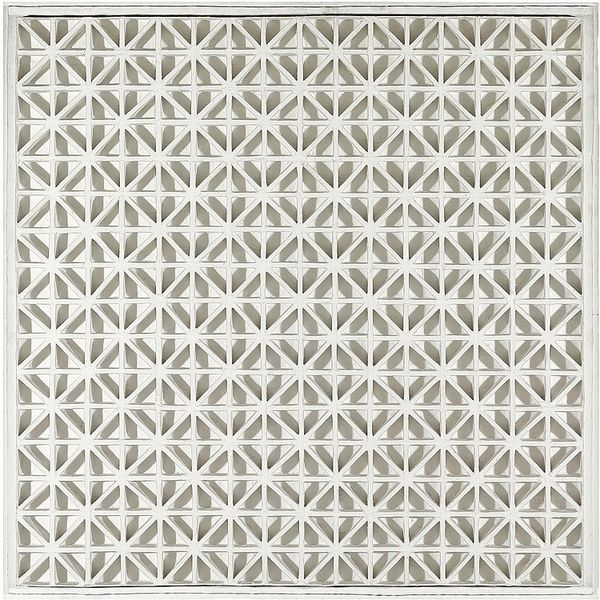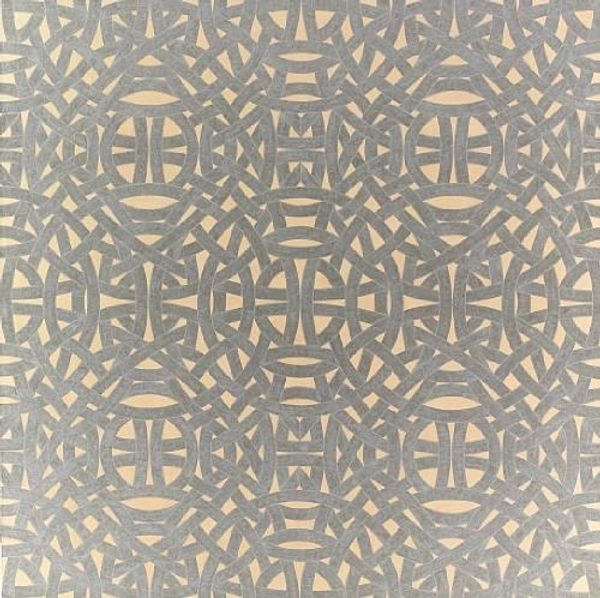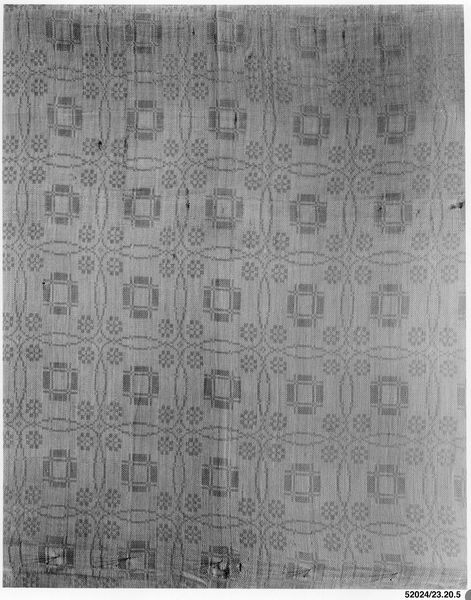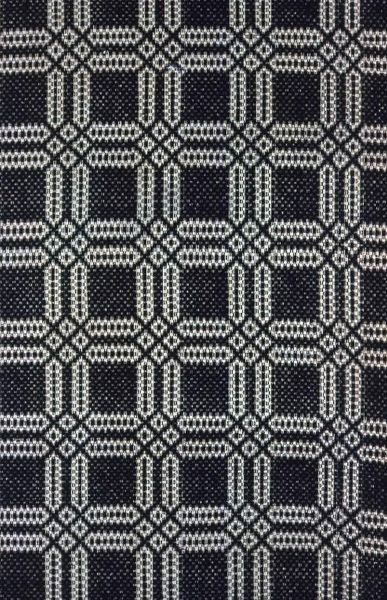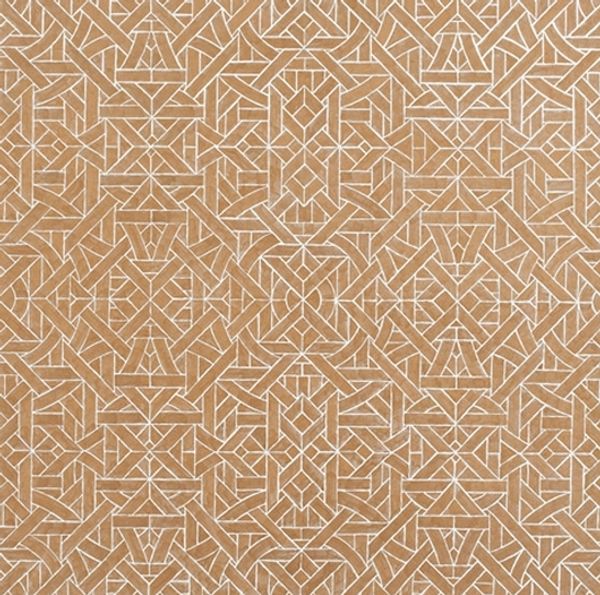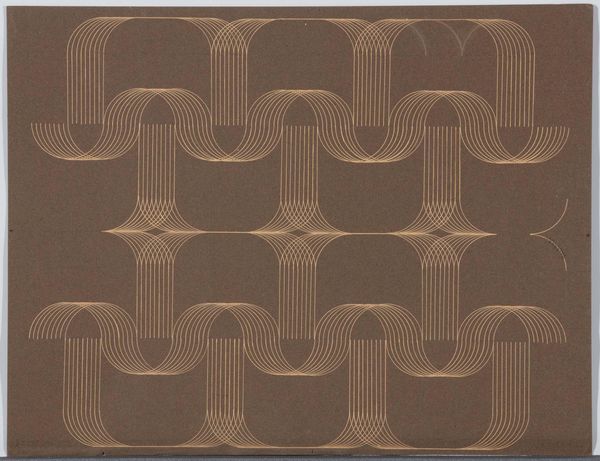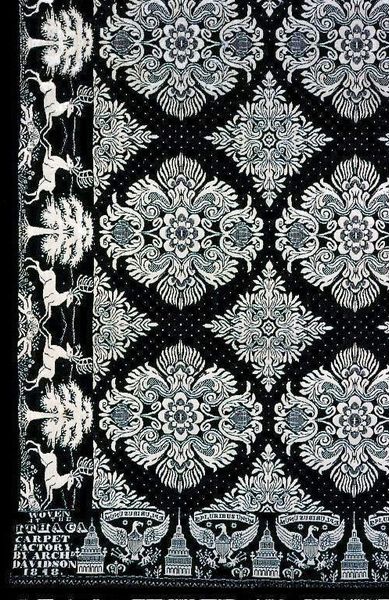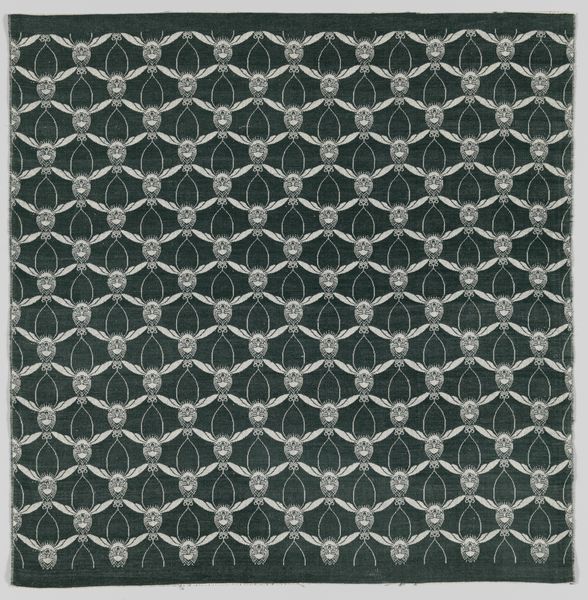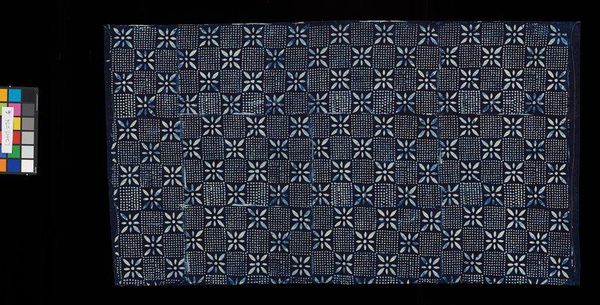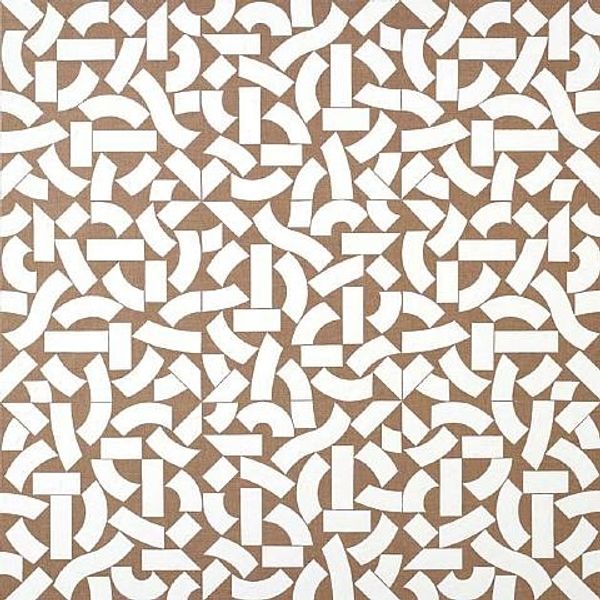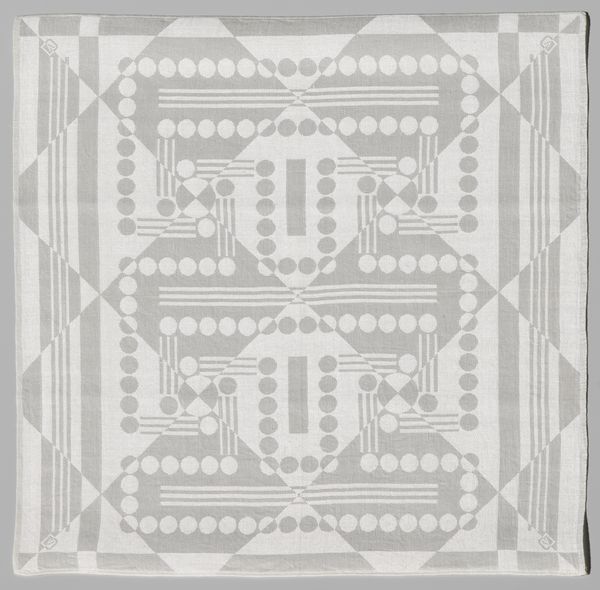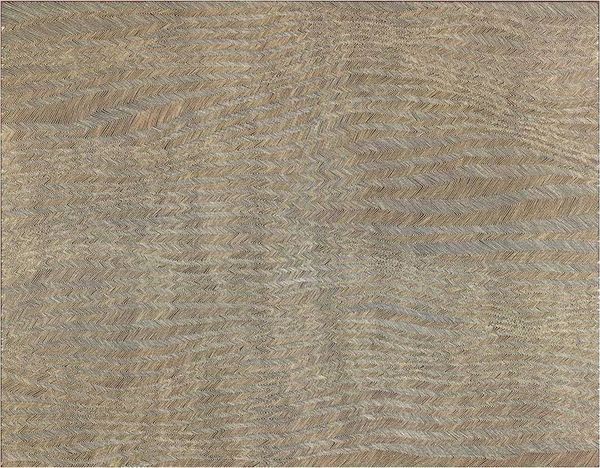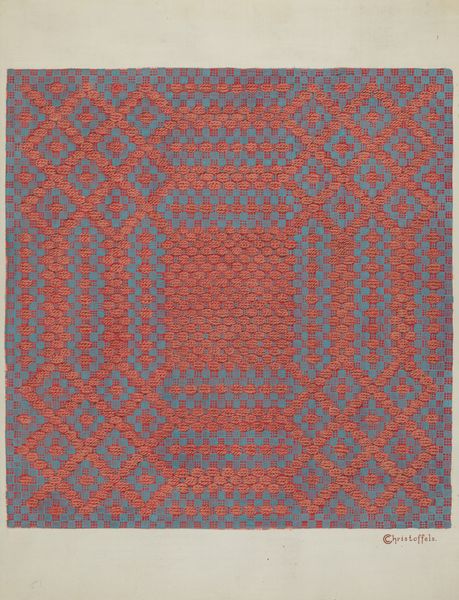
painting
#
pattern-and-decoration
#
painting
#
geometric pattern
#
pattern design
#
organic pattern
#
geometric
#
repetition of pattern
#
vertical pattern
#
abstraction
#
pattern repetition
#
textile design
#
layered pattern
#
combined pattern
#
hard-edge-painting
#
pattern work
Copyright: Valerie Jaudon,Fair Use
Curator: Looking at Valerie Jaudon’s “Avalon,” created in 1976, I’m immediately struck by how it manages to feel both calming and incredibly intricate at the same time. Editor: It does have a meditative quality, doesn't it? It's like a sophisticated maze rendered in soft gray tones. The repeating geometric pattern almost creates a visual hum. I wonder, what’s the story behind a piece like this? Curator: Jaudon emerged within the Pattern and Decoration movement, challenging the minimalist aesthetics that dominated the art world. These artists deliberately embraced ornamentation and repetition. Her work sought to undermine the hierarchy that positioned "high art" above craft traditions often associated with women. Editor: Interesting. So, the use of repetitive geometric shapes isn't just aesthetic; it's a statement. The circles, squares, and interwoven lines evoke ancient motifs, perhaps referencing Celtic or Islamic art traditions? Curator: Precisely. Artists like Jaudon saw the value in those visual languages. They re-introduced such ornamentation into gallery spaces. There’s a deliberate act of cultural reclamation. Her method subverts formalist constraints through embracing traditionally “feminine” crafts. Editor: I see a grounding sense of symmetry in “Avalon." The interconnectedness within its patterns points to unity and balance. But the overall palette tempers strong reactions, it is almost hushed in tone. There are interwoven geometries which convey this complex, unified whole that's subtly calming. Curator: Its reception in the art world highlights evolving cultural attitudes towards gender and artistic value. The piece prompts discourse regarding the historical sidelining of non-Western artistic styles. Editor: It encourages one to see beauty where previously disregarded. It’s about locating powerful historical continuity, despite initial assumptions of art historical hierarchy. Curator: Exactly. The image fosters both critical reflection and renewed cultural awareness. Editor: I agree. Viewing "Avalon" in this light allows one to rethink preconceived boundaries. We realize visual harmony echoes social equality and artistic appreciation.
Comments
No comments
Be the first to comment and join the conversation on the ultimate creative platform.
